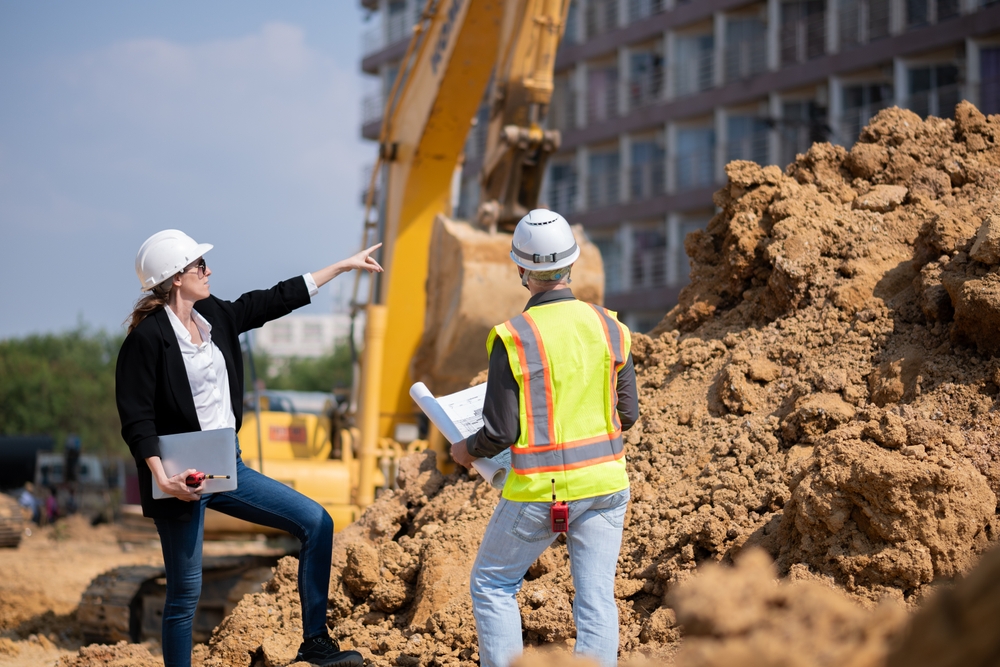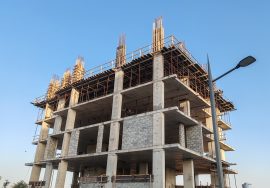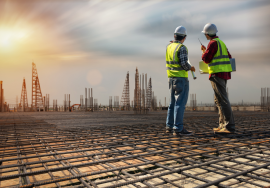
Eco-Friendly Construction Materials: Transforming the Future of Sustainable Building
Eco-Friendly Construction Materials: Transforming the Future of Sustainable Building
The global shift toward sustainability has made eco-friendly construction materials a priority for architects, engineers, and developers. As climate change concerns grow, the construction industry is adopting greener solutions that reduce environmental impact and promote healthier, energy-efficient buildings. These innovative materials not only help conserve natural resources but also ensure long-lasting performance and reduced carbon emissions.
What Are Eco-Friendly Construction Materials?
Eco-friendly construction materials are products made using sustainable, recyclable, or renewable resources. They consume less energy during production, generate minimal waste, and have a reduced carbon footprint throughout their lifecycle. Examples include bamboo, recycled steel, rammed earth, hempcrete, and low-VOC paints.
Using eco-friendly construction materials ensures that buildings are healthier, more durable, and more aligned with global green construction standards.
Why Eco-Friendly Construction Materials Matter
Switching to eco-friendly construction materials significantly contributes to environmental protection and resource conservation. Here’s why they are essential today:
1. Reduced Environmental Impact
Traditional construction contributes to pollution and resource depletion. In contrast, eco-friendly materials lower greenhouse gas emissions and promote cleaner production processes.
2. Better Energy Efficiency
Materials such as cellulose insulation, recycled denim, and natural stone enhance thermal performance. This reduces the need for artificial heating or cooling.
3. Improved Indoor Air Quality
Many conventional materials release harmful chemicals. Eco-friendly construction materials, such as low-VOC paints and lime plaster, help maintain healthier indoor environments.
4. Cost-Effective in the Long Run
Though some green materials may cost more initially, they offer long-term savings through reduced energy bills and lower maintenance costs.
5. Support for Circular Economy
Materials like reclaimed wood and recycled steel reduce waste generation and support a reuse-and-recycle system.
Top Eco-Friendly Construction Materials Used Today
Here are some of the most widely adopted eco-friendly construction that support sustainable building:
1. Bamboo
Known for its rapid growth and strength, bamboo is a renewable resource ideal for flooring, furniture, and structural elements.
2. Recycled Steel
Steel can be recycled indefinitely without losing strength. Using recycled steel helps reduce mining and industrial pollution.
3. Hempcrete
A lightweight, breathable, and energy-efficient material made from hemp fibers and lime. It offers excellent insulation and reduces carbon emissions.
4. Rammed Earth
Walls built using rammed earth are strong, durable, and naturally insulated. This ancient technique is now revived for modern sustainable architecture.
5. Reclaimed Wood
Salvaged wood from old structures adds beauty and reduces the demand for freshly-cut timber, supporting forest conservation.
6. Solar Roofing Tiles
These tiles serve as roofing and clean energy generators, making them a smart addition to sustainable construction.

Eco-Friendly Construction in India
India is rapidly adopting eco-friendly construction as green building standards such as GRIHA and LEED India gain popularity.
Many innovations—from recycled aggregates to fly-ash bricks—are being developed locally to reduce the construction industry’s carbon footprint.
Organizations like TERI in India continue to drive research, awareness, and training in sustainable building technologies. Solar energy adoption, greener insulation materials, and low-carbon alternatives are becoming more accessible across Indian cities.
Challenges in Adopting Eco-Friendly Construction Materials
Despite their advantages, eco-friendly materials face challenges such as:
-
Higher initial costs compared to conventional materials
-
Limited availability in some regions
-
Lack of awareness among builders and consumers
-
Need for skilled labor familiar with green technologies
However, as demand rises and technological developments continue, the cost difference is decreasing, making sustainable materials more accessible.
Conclusion
The use of eco-friendly construction is reshaping the future of the building industry. These materials reduce carbon footprints, enhance energy efficiency, and create healthier living environments. By choosing sustainable alternatives, builders and homeowners contribute to a greener, more resilient world.
If you’re planning a project and want expert guidance on adopting sustainable materials, reach out to AMS India — leaders in green and energy-efficient construction.
👉 Contact AMS India
Read more related articles to enhance your knowledge and make informed decisions
Cost-Effective Modular Construction: Fast, and Sustainable Building Solutions
Smart Modular Buildings: Innovative, Efficient, and Sustainable Construction








